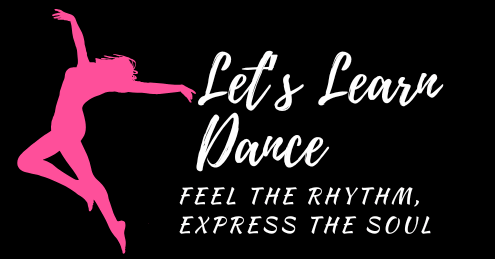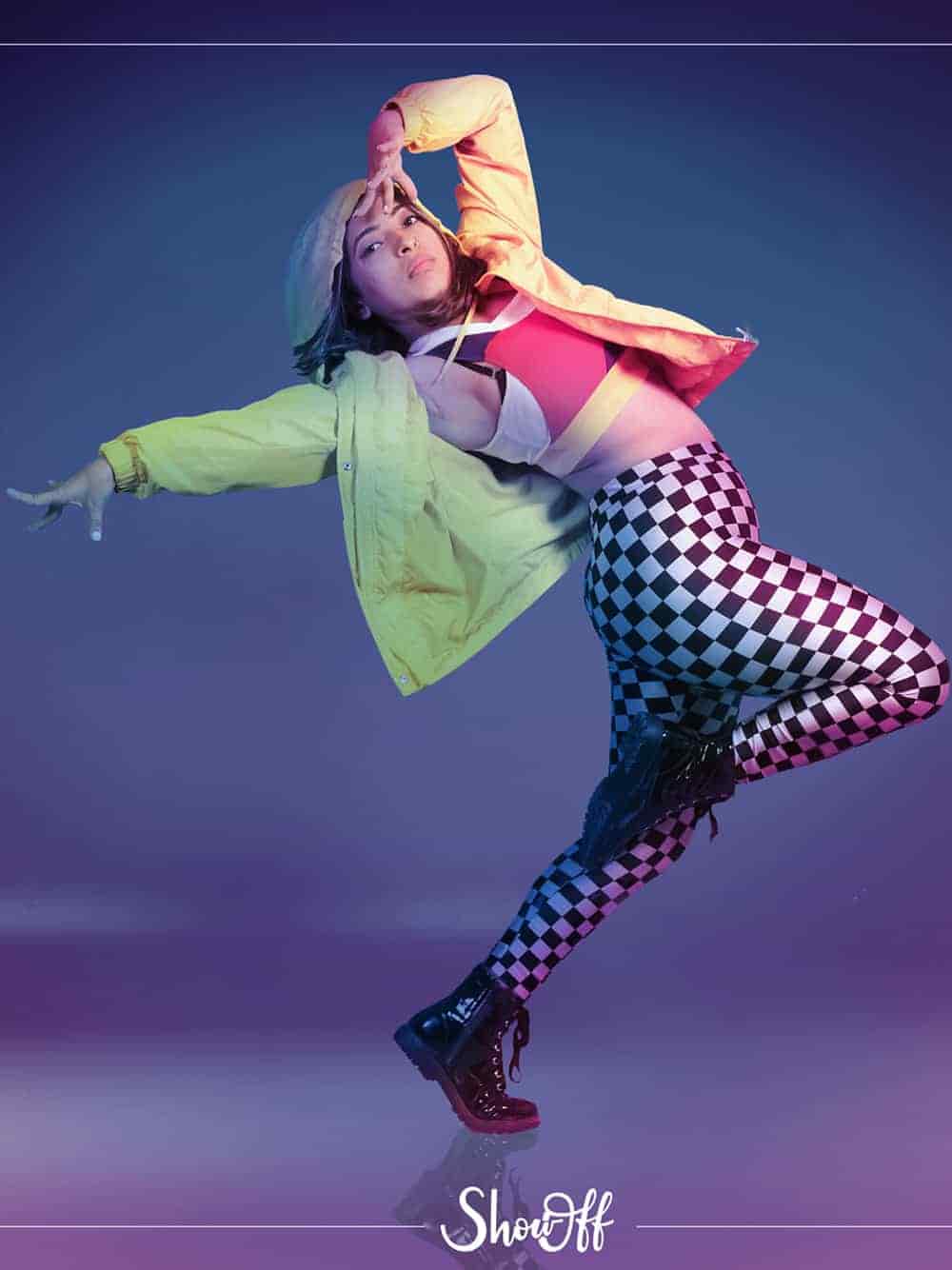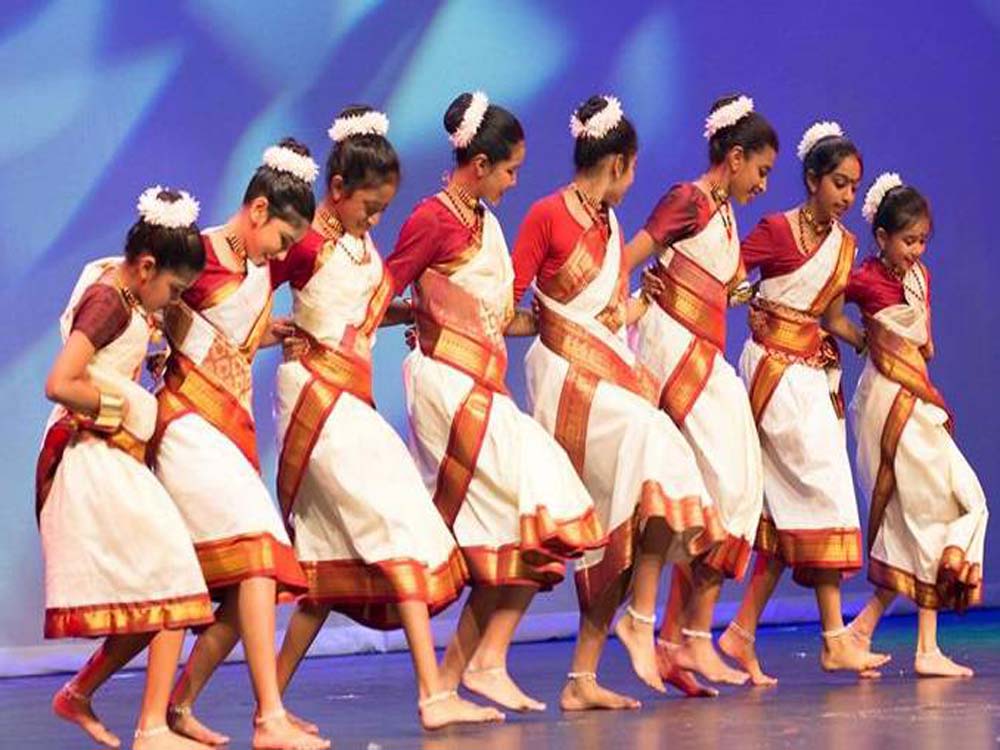
Type of Dances: 10 Popular Different Types of Dances Around the World
Different Types of Dances
Dance is an universal language which defines expression, rhythm, and movement. Dance is utilized by individuals across the world to tell stories, and express emotions. Every dance form carries its own effect, structure and essence ranging from the gracefulness of classical traditions to the bright energy of street performances. We’ll explore some of the most popular and highly recommended dance forms from around the world in this guide, suggesting you understand their unique features.
- The Art of Ballet
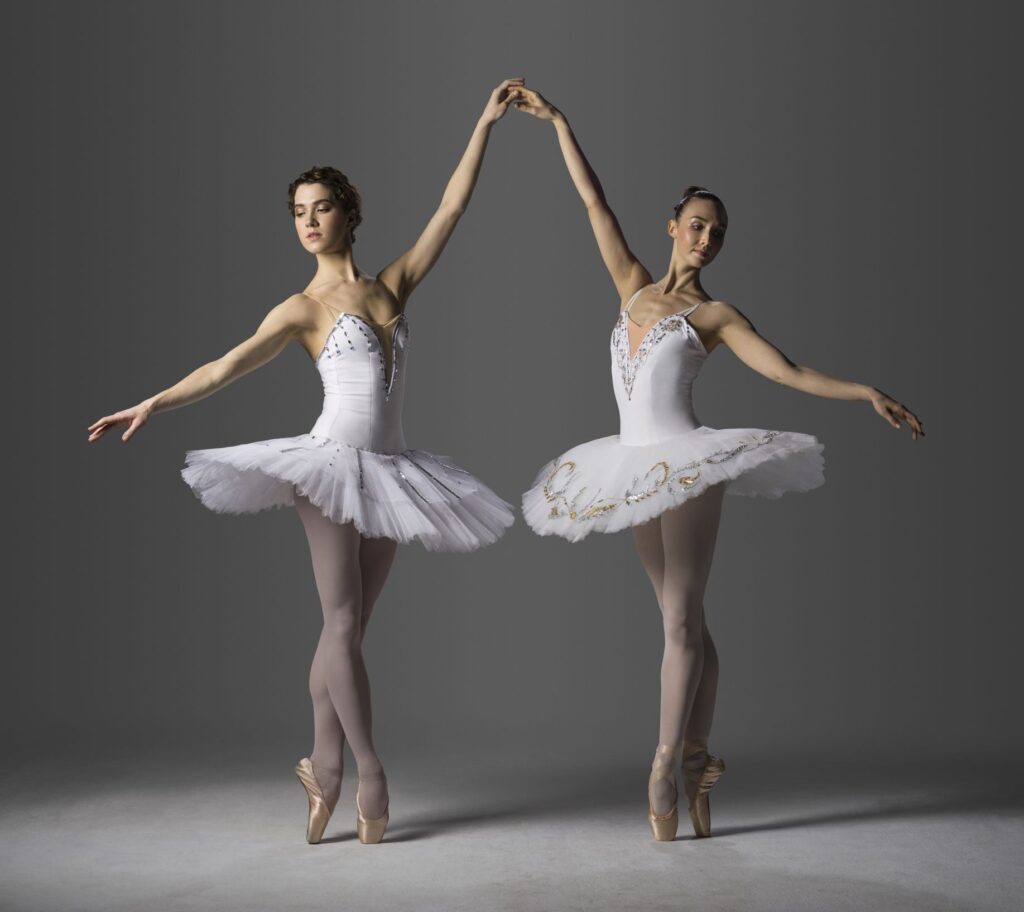
Ballet stands as one of the earliest and most polished styles of dance to originate in history. Ballet is an ancient dance style started in the 15th century during the Italian Renaissance and later developed into a highly artistic and technical performance art form in France and Russia. Ballet dance is known for its charm, correctness, and dancers’ refined movements. For centuries, ballet has captivated audiences with its seamless mixture of artistry, agility, and narrative grace. Ballet is more than just a dance it is a timeless art form that realizes grace, discipline, and storytelling. Ballet dance is one of the most typical techniques with unique features. Ballet dancers usually apply the point technique, which requires standing on the tip of their toes and carrying shoes which have been created for this purpose.
2. Folk Dance
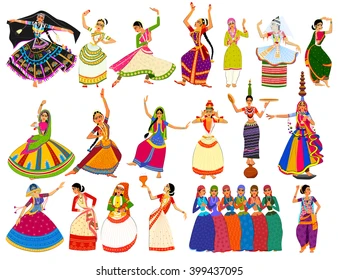
Another type of dance form is Folk Dance. Folk dance is a cultural expression rooted in the traditions and heritage of a specific community. Folk dance is commonly performed by everyday people during festivals, celebrations, and different special occasions. Folk dances, which indicate the values, customs, and stories of a particular region, or society, are more relaxed, improvised, and greatly connected to day-to-day life than classical or formal dance forms. The variation of folk dances is one of its unique features. Distinct regional differences can be seen in the dance forms, actions, costumes, music, and traditional instruments. For example, Punjabi Bhangra is a vital and sparkling folk dance which is particularly done by men in India to carry on harvests. Gujarat’s Garba and Dandiya Raas which are done during the Navratri festival. Lavani, an energetic dance style from Maharashtra traditionally performed by women, is renowned for its bold rhythms and expressive facial gestures. In the end, folk dance is a living tradition which covers a lot more than just a movement. Folk Dance tells its stories, captures the spirit of a society, and recognizes life in its most fundamental and happy form. Folk Dance should be encouraged and taken care of in order to protect our culture for approaching generations as the world expands closer together.
3. The Elegant Art of Partnered Ballroom Movement
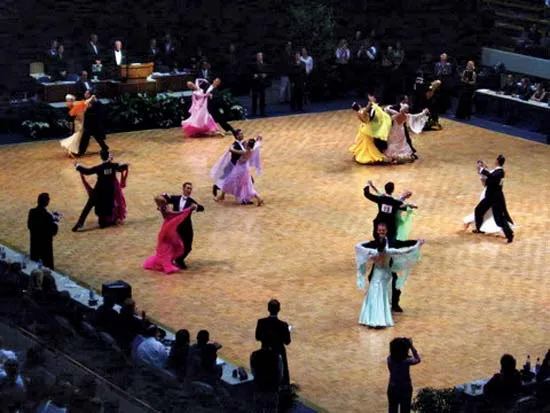
Ballroom dance stands as the unique style in the diverse world of dance forms. Renowned for its gracefulness and entertainment value, ballroom dance mixes grace, rhythm, and artistic flair into a captivating form of partner dancing. Oringinating in the royal courts of Europe during the 16th century, it has developed into both a celebrated social tradition and a prestigious competitive sport admired over the world. Ballroom dance requires partners replacing in harmony while aiming on posture, and musical interpretation.
4. The Rhythmic Art of Jazz Movement
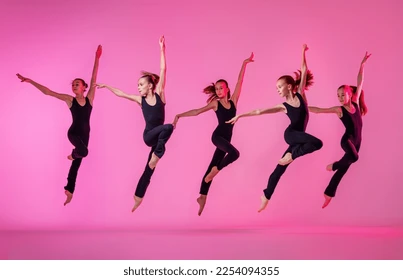
The fourth style is Jazz dance, which first took shape in the United States during the early 20th century, mixing African-American rhythms with expressive movements. Jazz dance is not any common dance form, this dance is a lively, energetic, and expressive form which has captured the heart of audiences from around the world. With time, this dance developed into a wide array of unique styles and expressions. Jazz dance is influenced by many of the famous dance forms that make it more versatile and influential dance genres today.
5. Tapping into Tradition
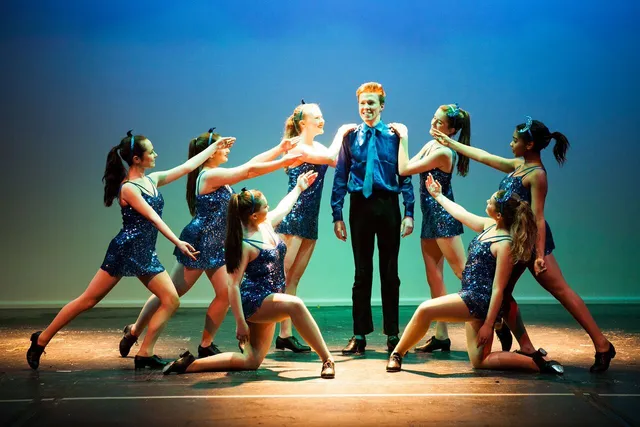
Among the different dance styles, tap dance holds its place as the fifth and perhaps the most renowned for its rhythmic precision and flair. This is not any dance which is not similar like other dance forms which only applies the steps or moves. Tap dance applies tapping shoes on the floor as a form of percussion. Tap dance stands out as an energetic and rhythm driven art form that mixes actions with percussive sound. Tap dance was developed in the United States in the 19th century. Over time, the Tap dance style is merged in urban environments. Some of the most influential tap dancers in history include Bill Bojangles Robison, who is popularly known for his clear and elegant tapping style.
6. Modern Dance
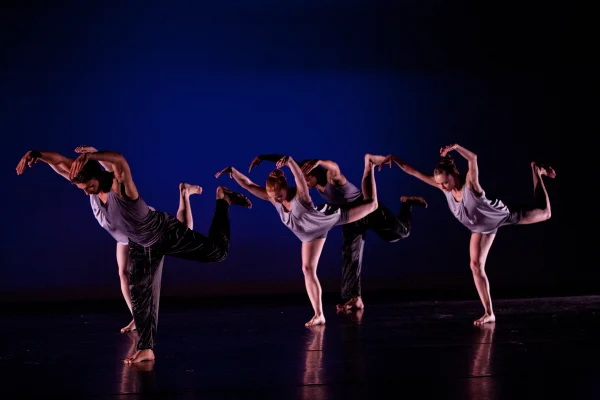
The sixth popular type of dance form is Modern Dance. Modern dance is a broad and expressive dance style which was developed in the early 20th century. Modern dance represents an expansive branch of the Western concert and theatrical dance, breaking away from classical conventions. Modern dance is such a special type of dance form that some of the big and famous artists who rejected dance forms like ballet dance for the modern dance.
7. The Rhythmic Revolution of Hip-Hop Dance

The seventh type of dance form is Hip-hop Dance, a dynamic collection of street dance styles deeply rooted in hip-hop music. Originating in the 1970s, Hip-Hop dance features a variety of energetic movements and forms. It forms a core element of hip-hop culture, which is built around four key pillars: DJing, MCing, graffiti art, and heartbreaking. More than just a dance, it’s a powerful expression of urban identity and creativity.
8. The Ever-Evolving Art of Contemporary Dance
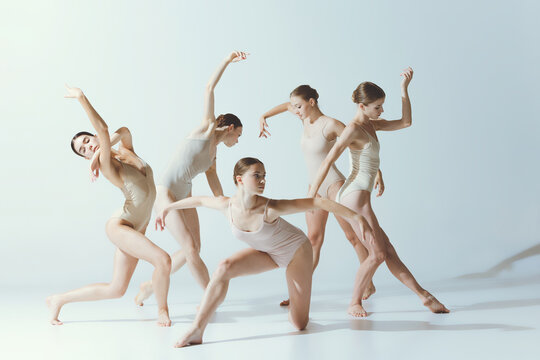
Among the eight widely popular dance styles, Contemporary dance holds a special place, much like traditional Folk dance. Contemporary dance is the dance which focuses more on the floor work than on the leg work. Contemporary dance is a dynamic and expressive form of dance which blends elements from various dance dance styles including modern, classical ballet, jazz, lyrical and even street dance. Contemporary dance developed in the early 20th century.
9. Graceful Heritage of Classical Dance
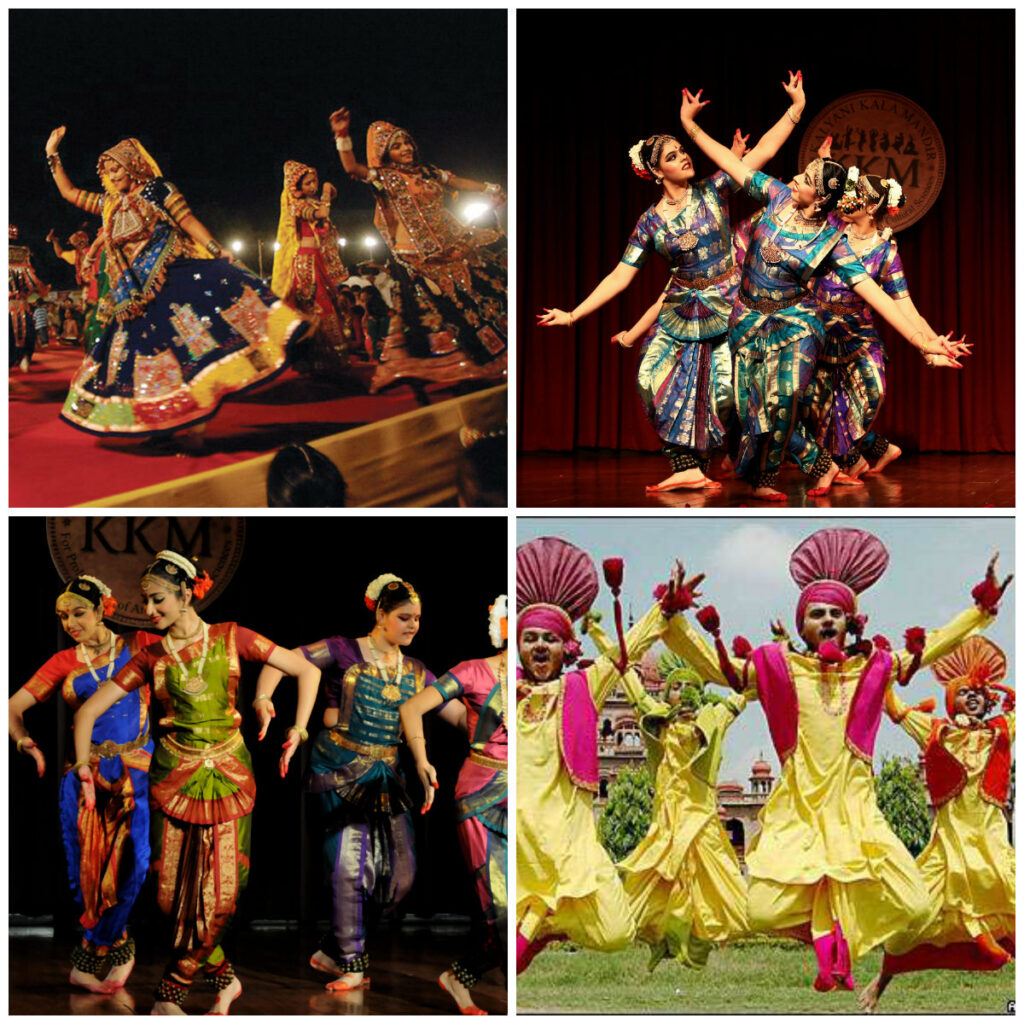
Classical dance stands as the ninth popular dance style, yet it holds the distinction of being one of the oldest known styles in the world. Rooted deeply in history, classical dance transcends mere entertainment; it is a timeless expression of cultural heritage, discipline, and storytelling passed down through generations.
10. The Energetic Legacy of Swing Dance
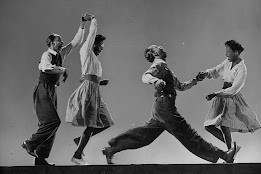
The tenth widely recognized dance style is Swing Dance, known for its lively and dynamic energy. Originating in the United States during the 1920s and 1930s, it developed alongside the rise of jazz music. Swing dance is a social partner style that stands out for its strong focus on rhythm and its playful, improvisational actions.
